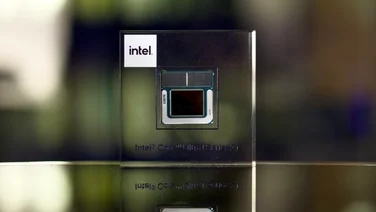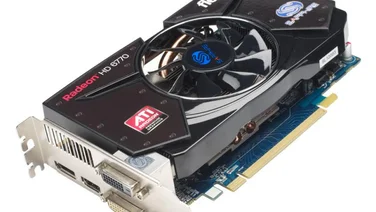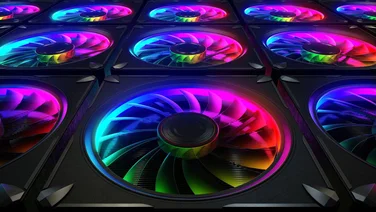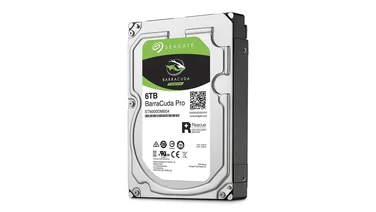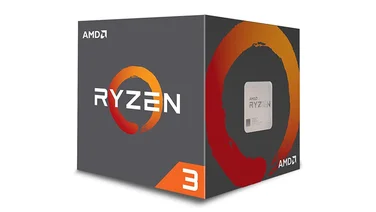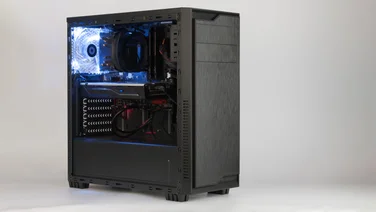To help us provide you with free impartial advice, we may earn a commission if you buy through links on our site. Learn more

- Better value than RTX 2080 Super
- Quiet and well-ventilated
- All-round excellent performance
- Performance isn't much better than AMD's rival card
Even as Nvidia’s GeForce range has become bigger, more complicated and potentially more confusing – what with all the Ti suffixes and Super variants – its ‘70 cards have always been reliably good buys.
Nvidia GeForce RTX 2070 Super review: Features and price
We therefore have high hopes for the RTX 2070 Super, even if it doesn’t go as far as the RTX 2060 Super in upgrading the memory. Here, you get the same 8GB of GDDR6 as the standard RTX 2070, but clock speeds have risen across the board – base speeds are up from 1,410MHz to 1,605MHz, boost speeds up from 1,620MHz to 1,770MHz – and the CUDA core total has jumped from 2,304 to 2,560.
Our testing model, a Zotac GeForce RTX 2070 Super Amp Extreme, is £540 – pricier than the majority of RTX 2070 cards seem to be. Of course, this is an extensive custom job even by partner card standards. The default dual-fan cooler is gone, replaced by a long triple-fan cooler, and it comes with a factory overclock of 1,830MHz. It’s perfectly possible to find cheaper versions without such comprehensive tweaks, however: Zotac itself makes the £490 GeForce RTX 2070 Twin Fan, which has just two fans and runs at stock speeds. This is much more in line with RTX 2070 pricing.

Even on the more expensive Amp Extreme model, admittedly, the design doesn’t scream luxury. The plastic around the fans feels cheap, and while there is a backplate, it’s a plain black metal affair; there certainly hasn’t been the same attention to design as on MSI’s Gaming X Trio design for the RTX 2080 Super and RTX 2080 Ti. There are fewer output ports as well, which is entirely down to the lack of a USB Type-C VirtualLink connector.
This mainly benefits VR headsets, so if you don’t own or want one, it won’t be a huge concern, although it’s always nice how they function as standard Type-C ports as well. In this case, you get three DisplayPort sockets and an HDMI output, so at least basic monitor connectivity is well covered.
Nvidia GeForce RTX 2070 Super review: Performance
When it comes to performance, the RTX 2070 Super has a tough task: it needs to follow its predecessor in providing a genuine high-end alternative to Nvidia’s costlier cards, while taking on the Radeon RX 5700 XT, a GPU that has the major advantage of costing up to £211 less.
(Editor’s note: We’ll be comparing this card to the RX 5700 XT quite a lot in the following paragraphs. For reference, you can check out our dedicated review here)
The RTX 2070 Super has the edge in Dirt Showdown, if only a very small one. Its 113fps at 1080p, 111fps at 1440p and 108fps at 4K are all equal to or better than those of the RX 5700 XT, but by 3fps at most. More positively, that 4K result – which is the least affected by bottlenecking – is only 2fps behind the RTX 2080 Ti.
A more GPU-reliant game, Metro: Last Light Redux, provides more encouraging results. Scoring 106fps at 1080p, the RTX 2070 Super opens up a wider 10fps lead on the RX 5700 XT, and this creeps up to 11fps at 1440p, where Nvidia’s GPU managed a very impressive 69fps. In other words, this is the cheapest GPU that can break 60fps at Quad HD resolution.

Similarly, it manages 30fps – the absolute minimum you should be aiming for – at 4K, whereas the RX 5700 XT produced 26fps. This seems like another tiny difference, but it can be noticeable when frame rates are this low, unlike when they’re sky high in Dirt Showdown. Furthermore, turning off SSAA results in a 62fps average, which is a clearly visible 10fps faster than what the RX 5700 XT did in the same test.
In Tomb Raider, the RX 5700 XT managed a surprising victory at 1440p by outperforming the RTX 2070 Super’s 152fps. The latter was faster at 1080p, with 230fps to the AMD card’s 199fps, and its 75fps at 4K is a great result. Both GPUs are tied in the SteamVR Performance Test, scoring 11 out of 11.
In all these tests (except SteamVR), the RTX 2080 Super has a modest performance lead, but whether it’s worth the £750 you’d spend on it is another matter. At 1080p, you only get an extra 1fps in Dirt, 12fps in Metro and 17fps in Tomb Raider. This last result comes at a point where the game is running so fast that you don’t need any more frames anyway. The RTX 2070 Super is therefore better value than the RTX 2080 Super, just as the standard RTX 2070 was to the RTX 2080.
In fairness, the RTX 2070 Super’s performance leads over the RX 5700 XT are comparably minor, but this specific Zotac model has some other advantages, too. It’s much quieter than the blower-style cooler used in AMD’s reference design, and runs much cooler too: we measured an idle core temperate of 36°C, a load temperature of 63°C and a peak temperature of 64°C.
That’s much less warm on all three counts, especially idle temperature, where the RX 5700 XT was nearly twice as hot. The RX 5700 XT tends to use less power than the RTX 2070 Super, which tended to stay at around its official 215W rating in our benchmarks, but with PC health in mind we’d take that and better cooling over temperatures exceeding 80°C.
Nvidia GeForce RTX 2070 Super review: Verdict
Unlike when we first reviewed the RX 5700 XT, there are now a range of partner versions with (theoretically) improved coolers, but these can cost up to £400 – a serious dent in the RX 5700 XT’s price advantage. However, that still leaves a £140 saving, so we won’t say the RTX 2070 Super is the entirely better pick for 1440p and 4K gaming. It is, however, a worthy adversary.


